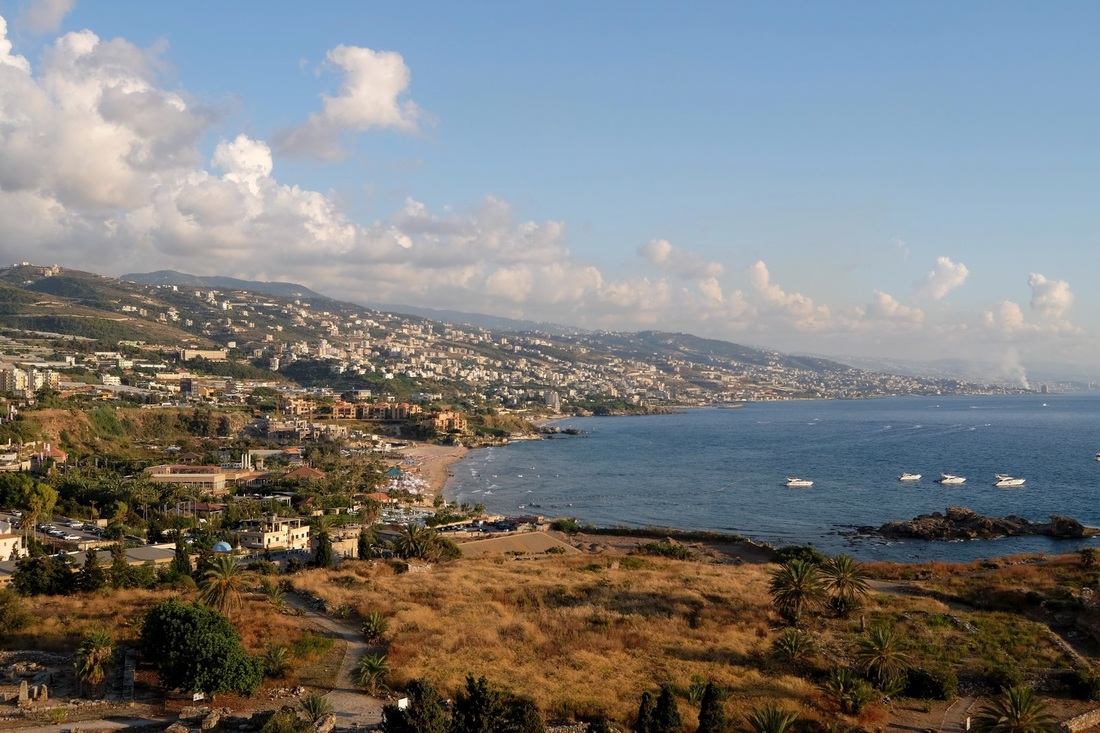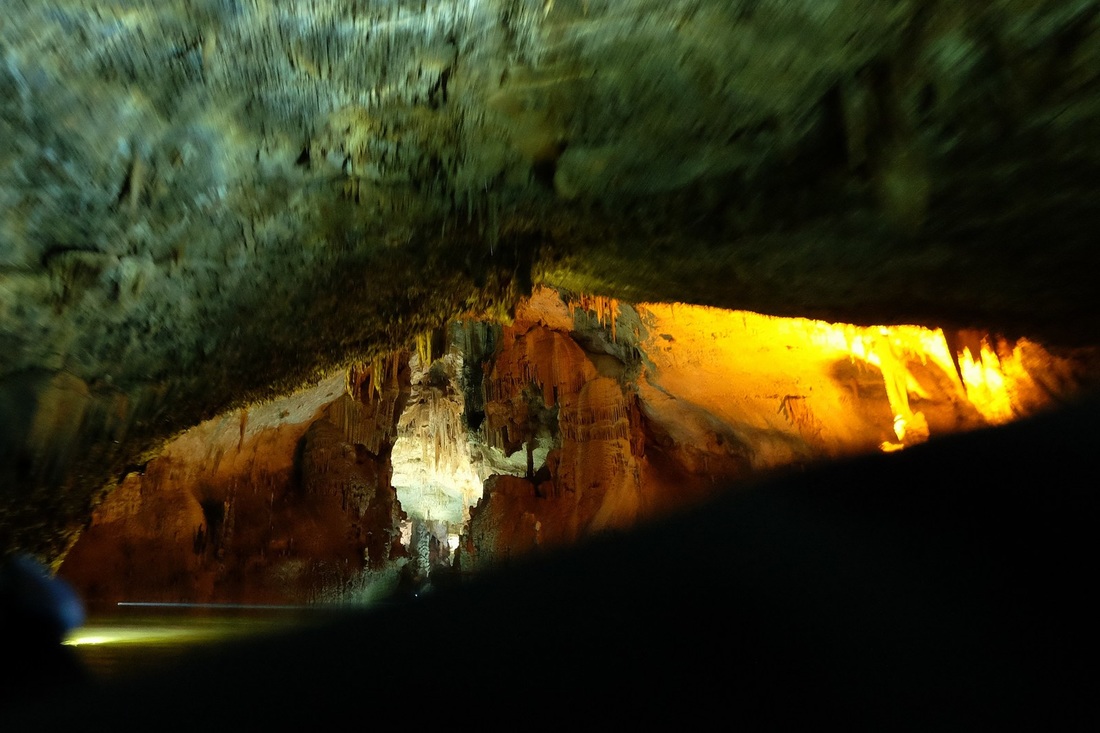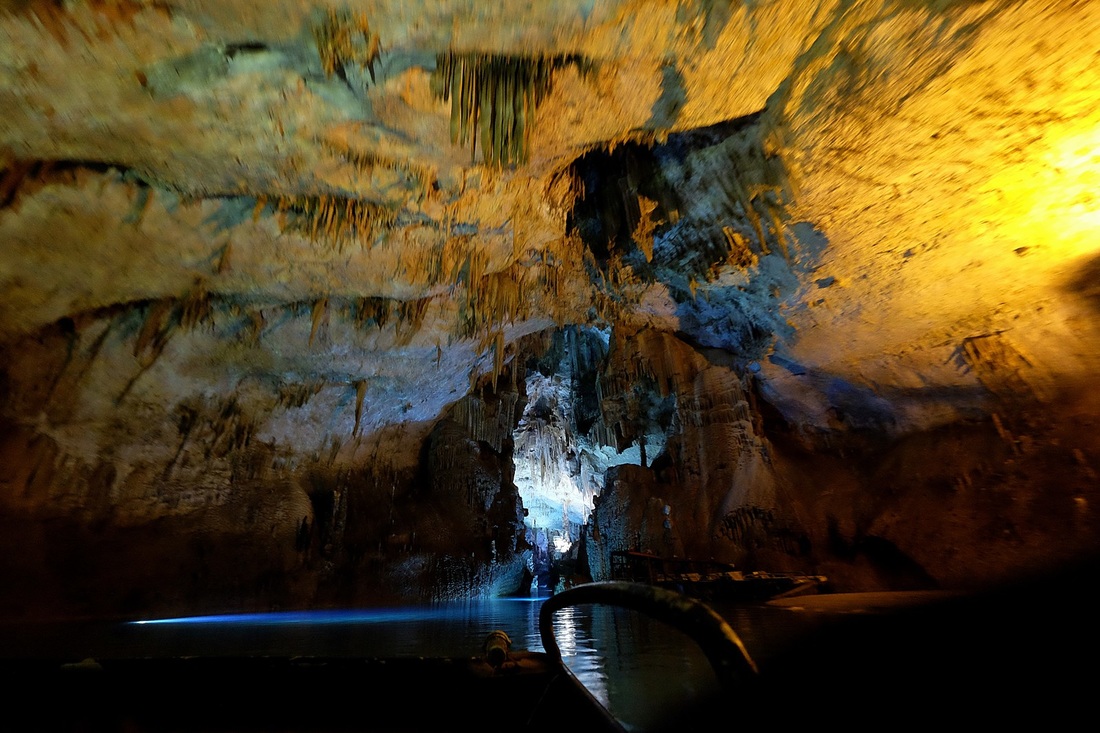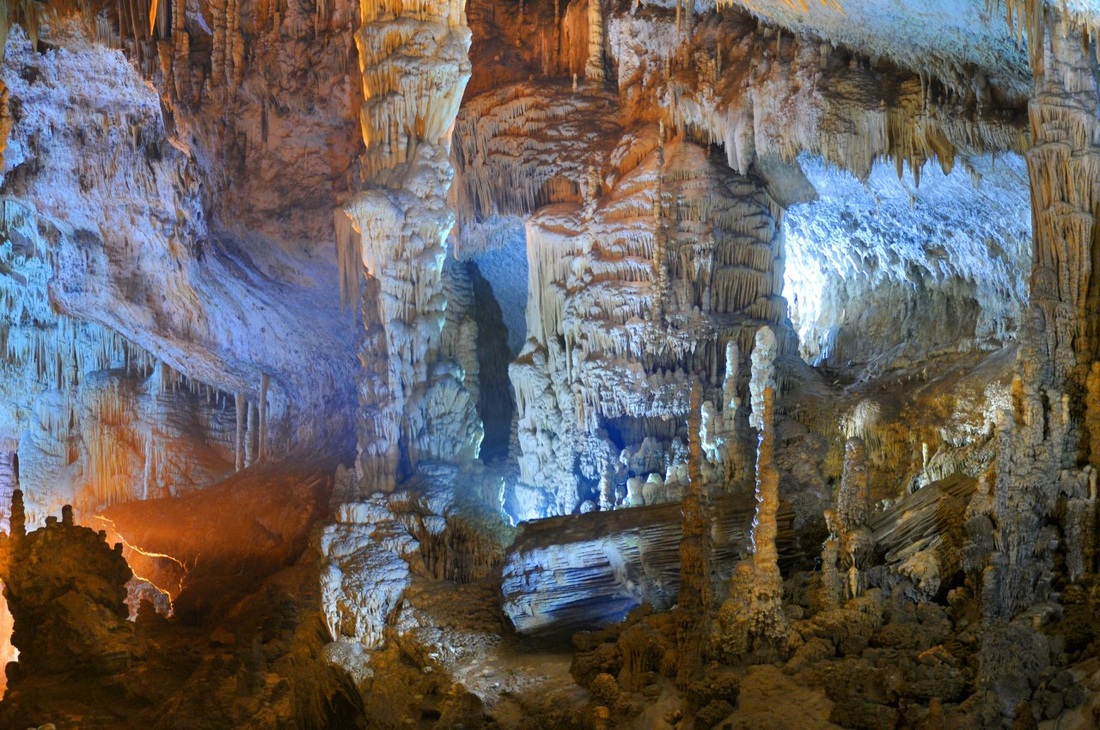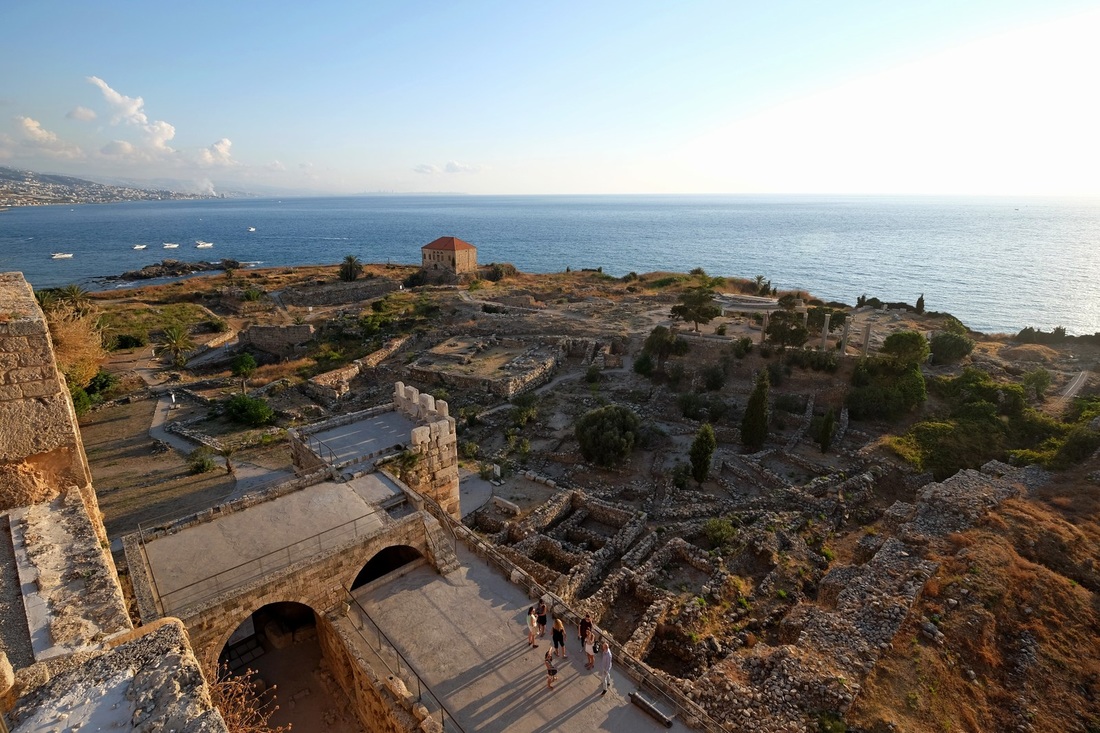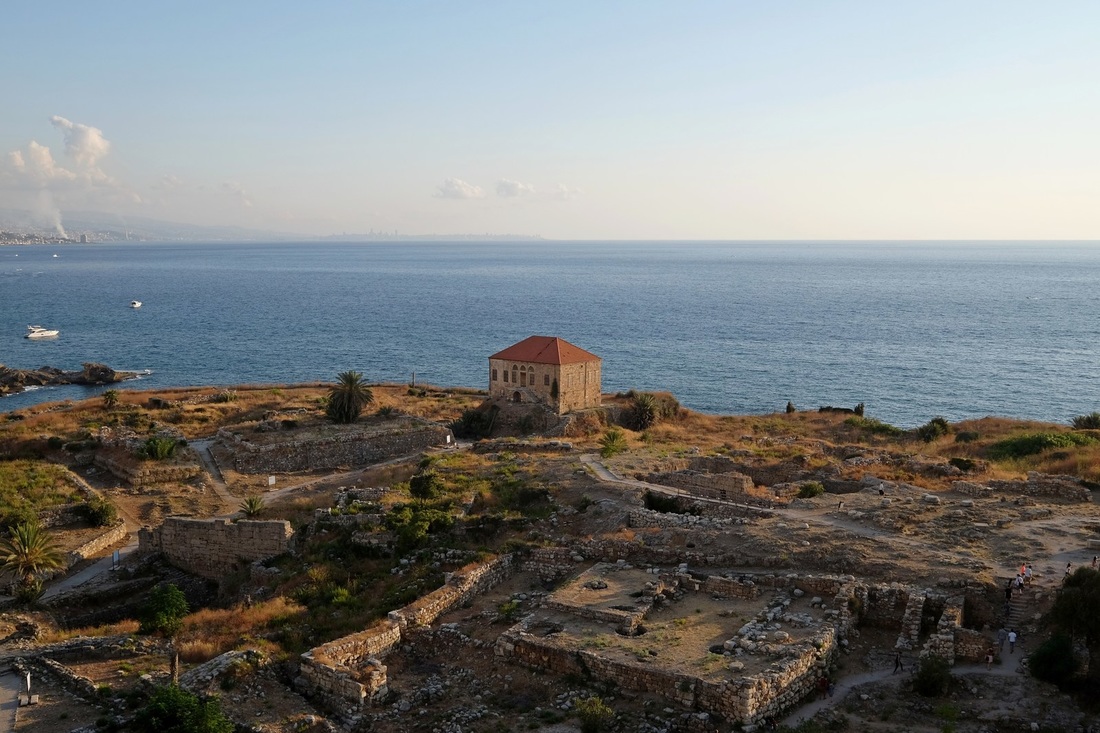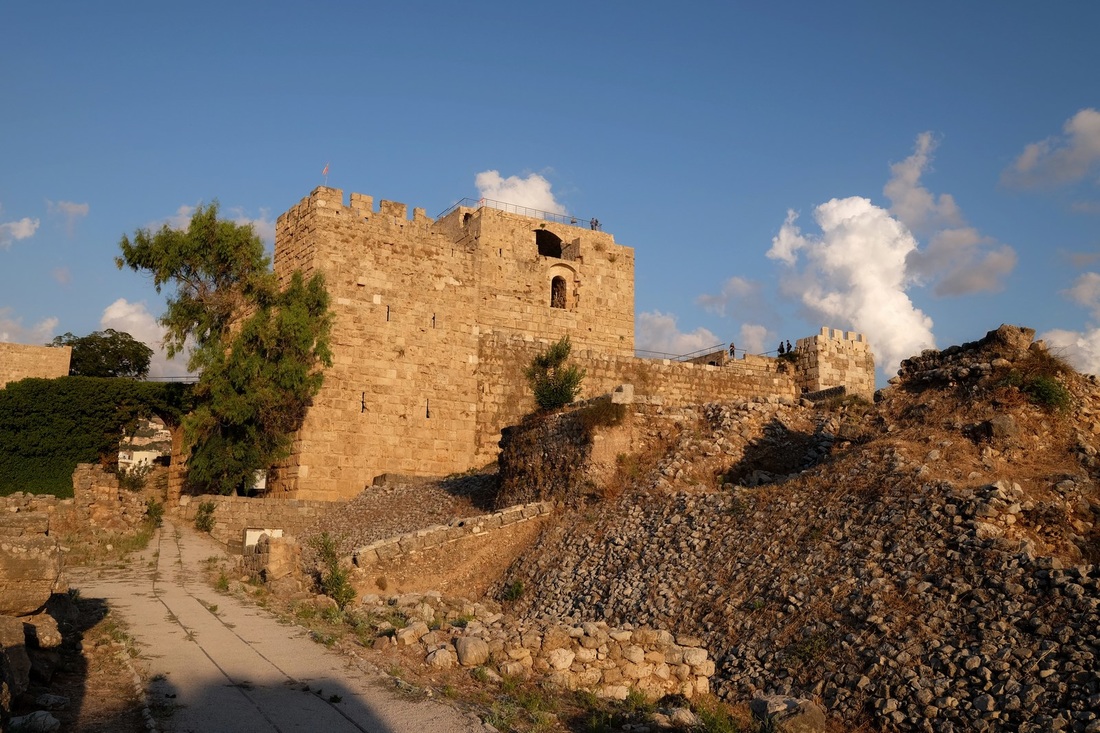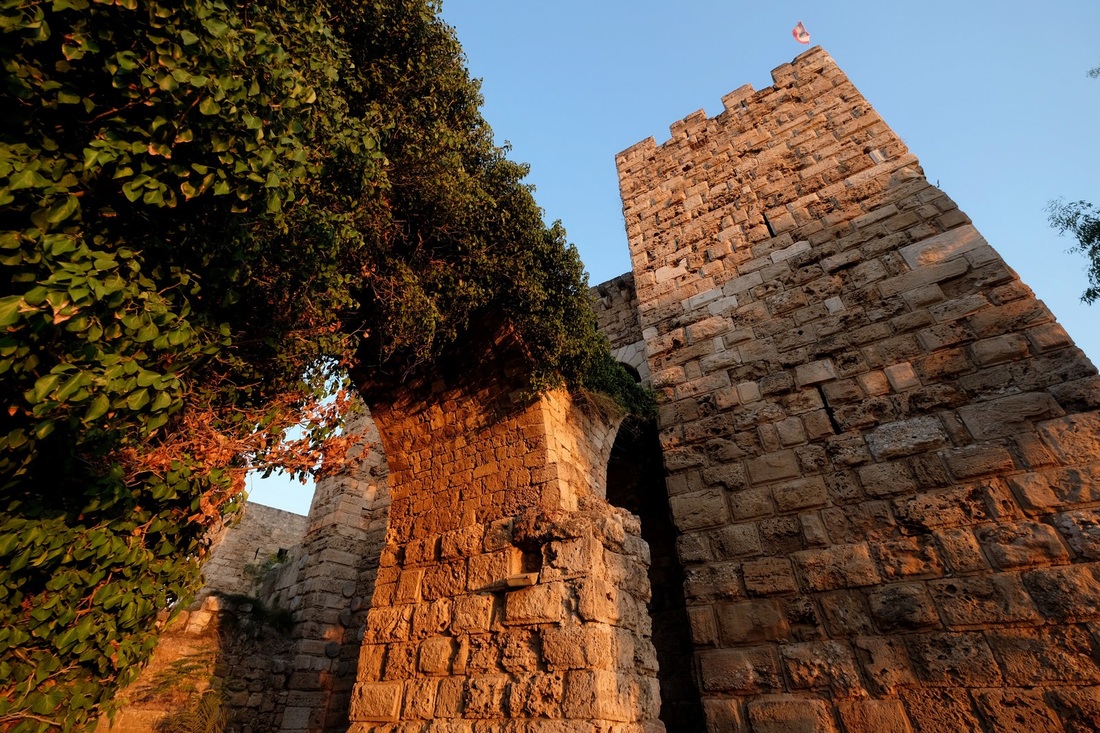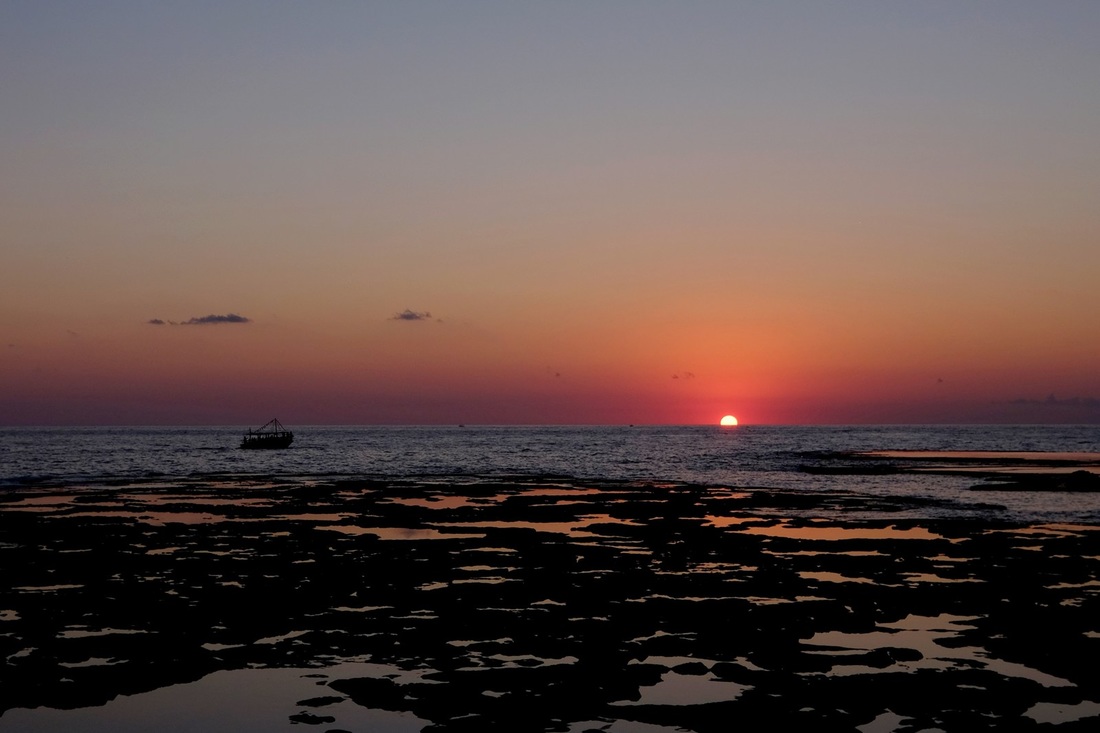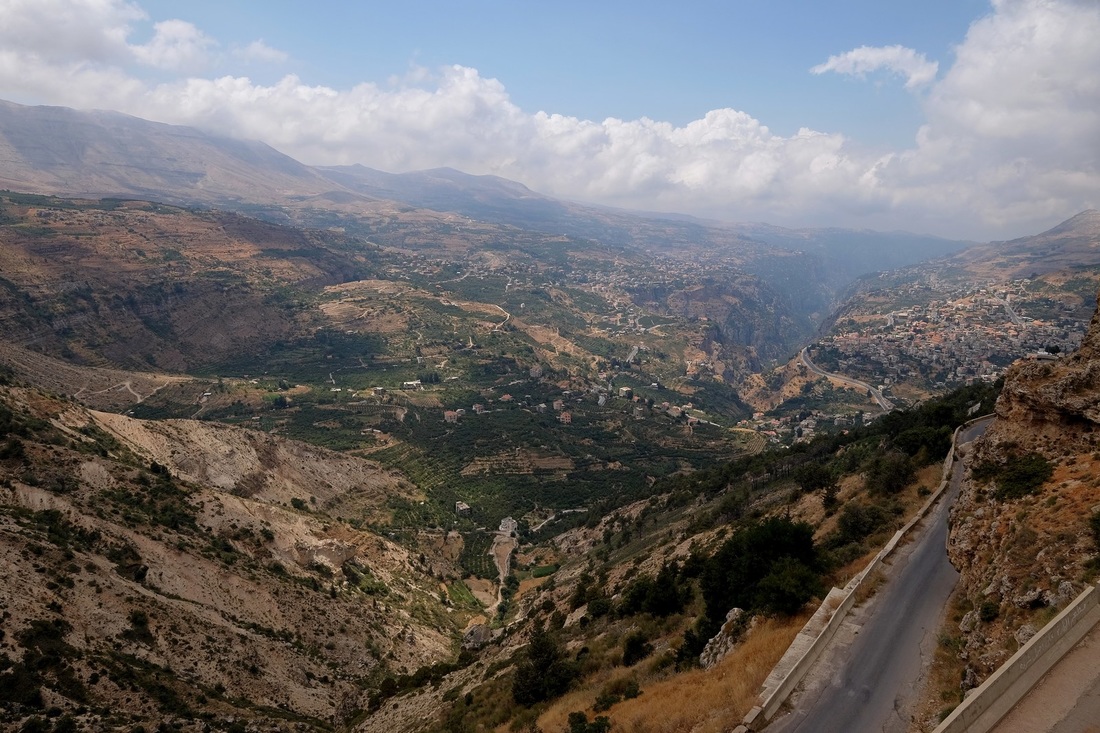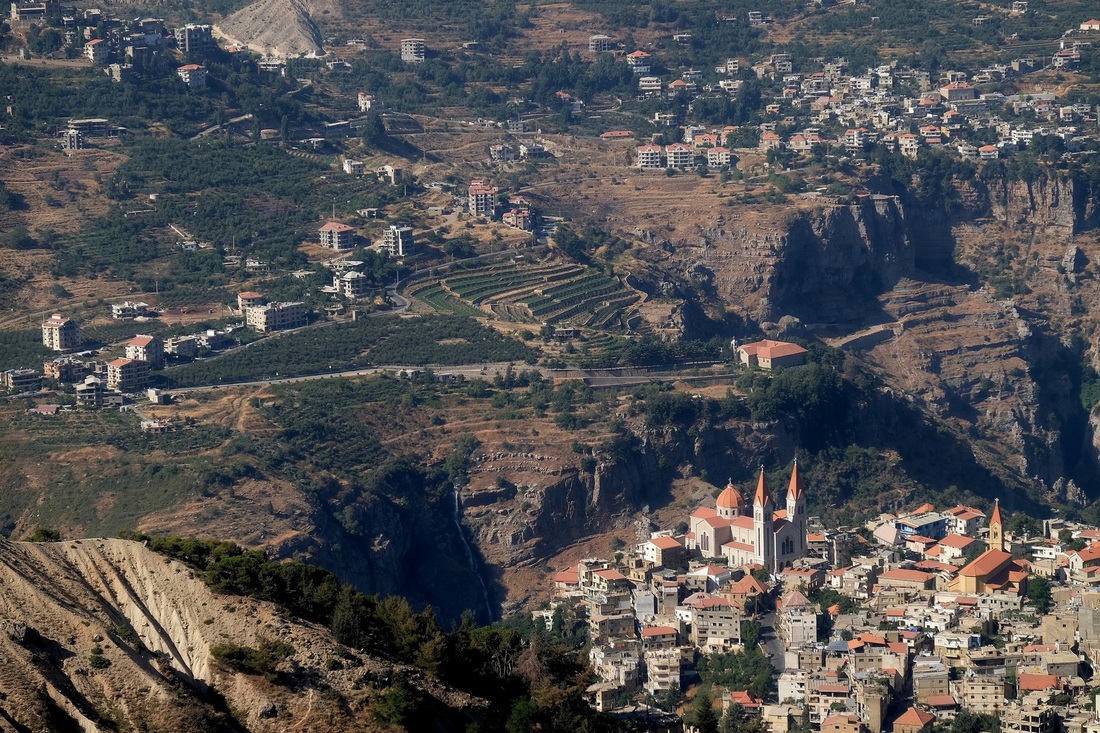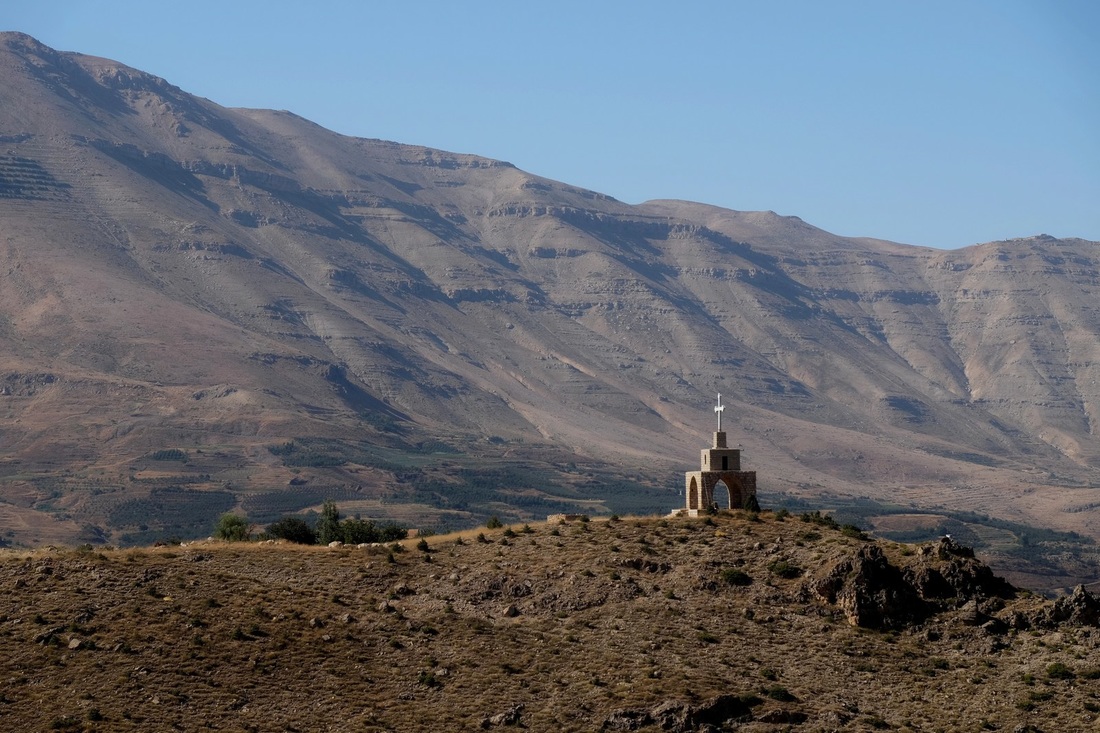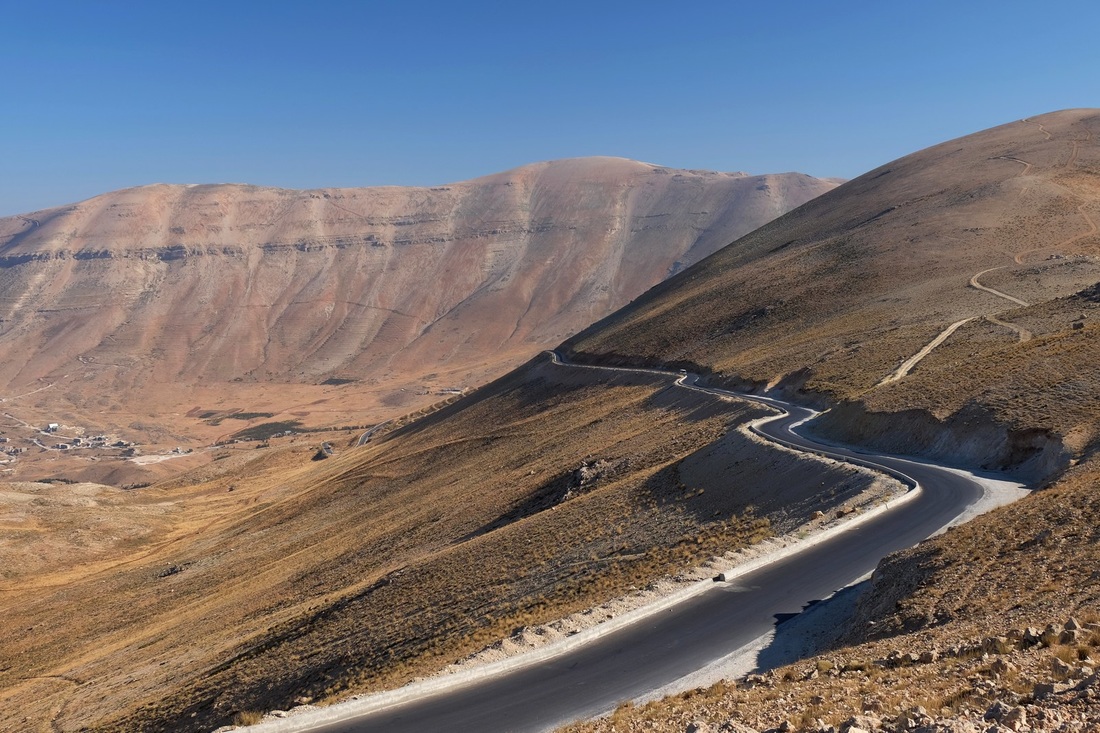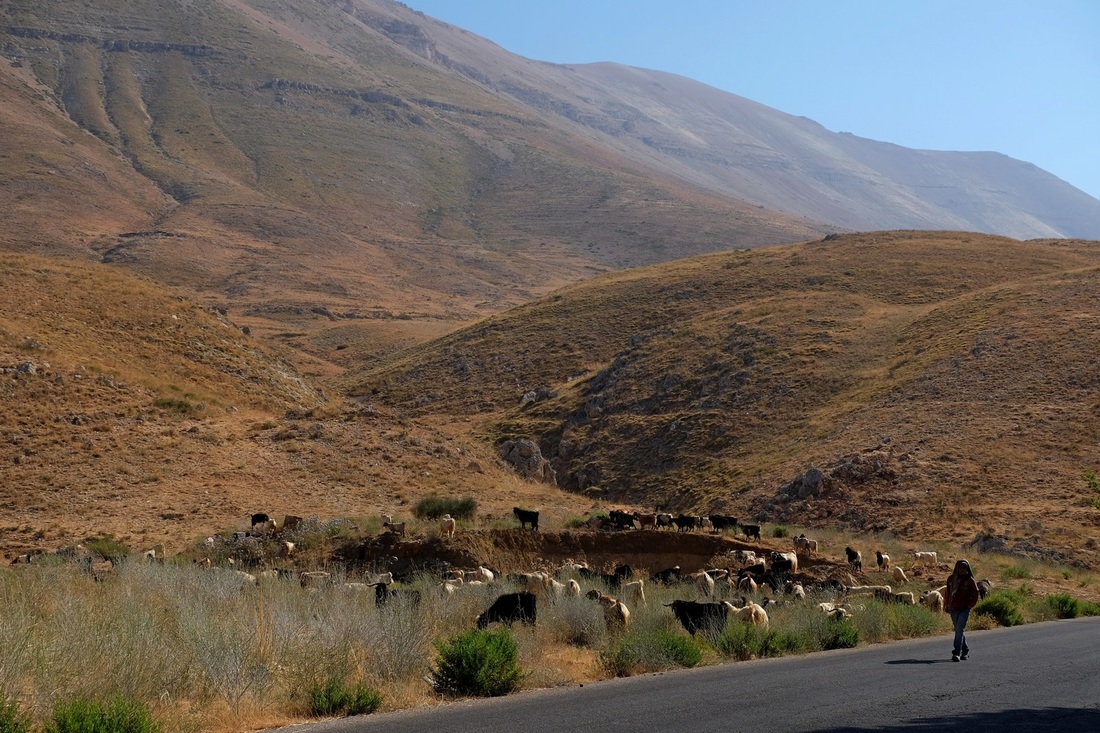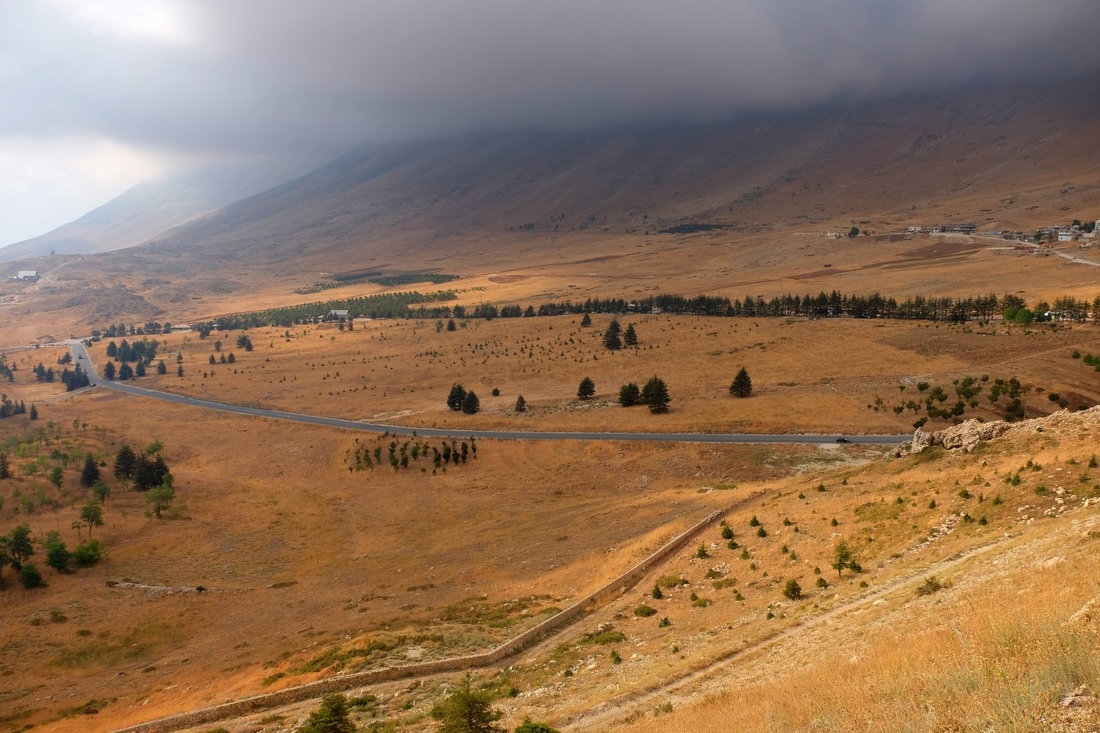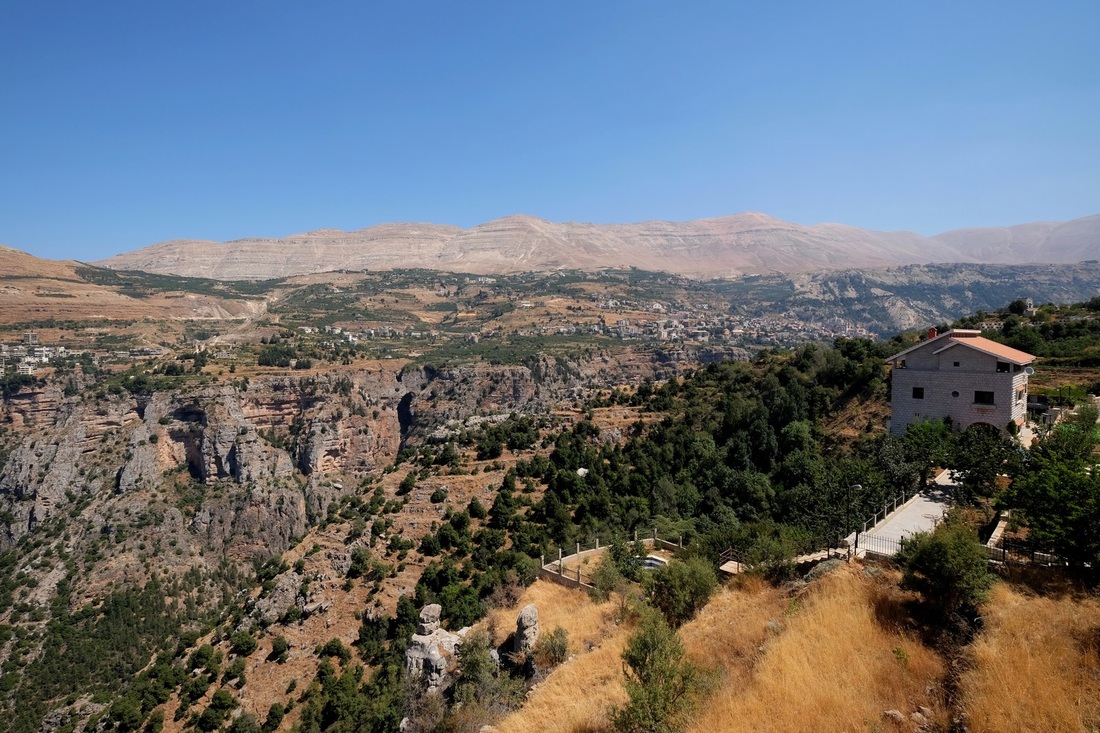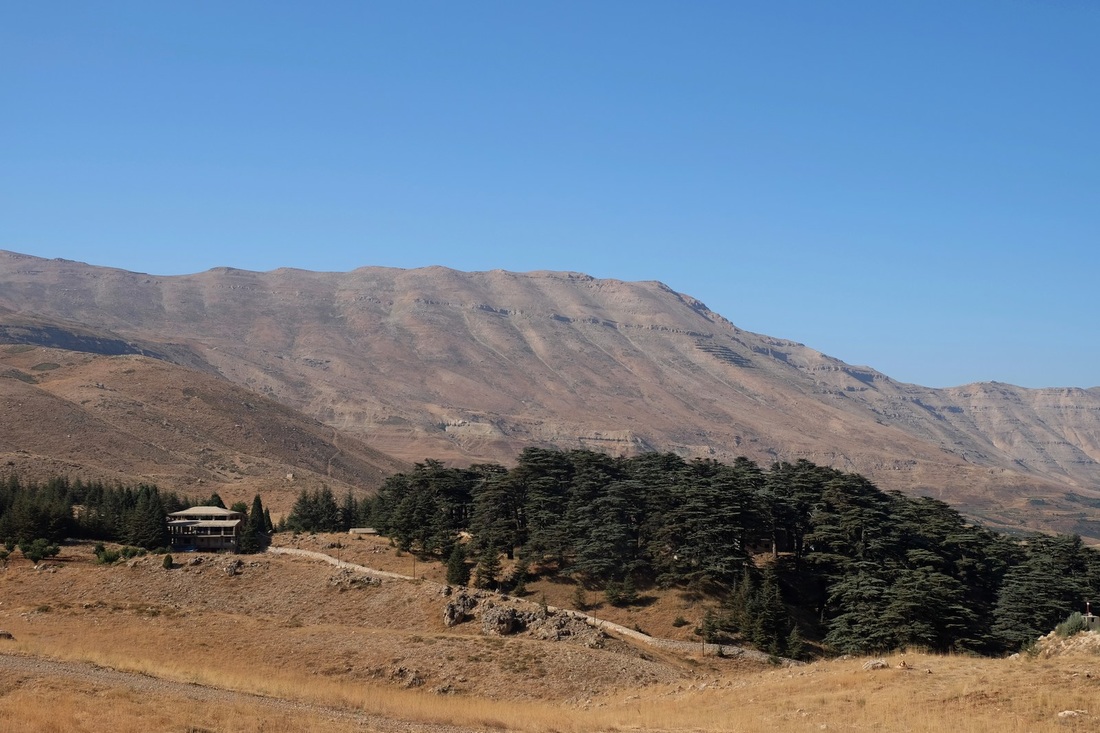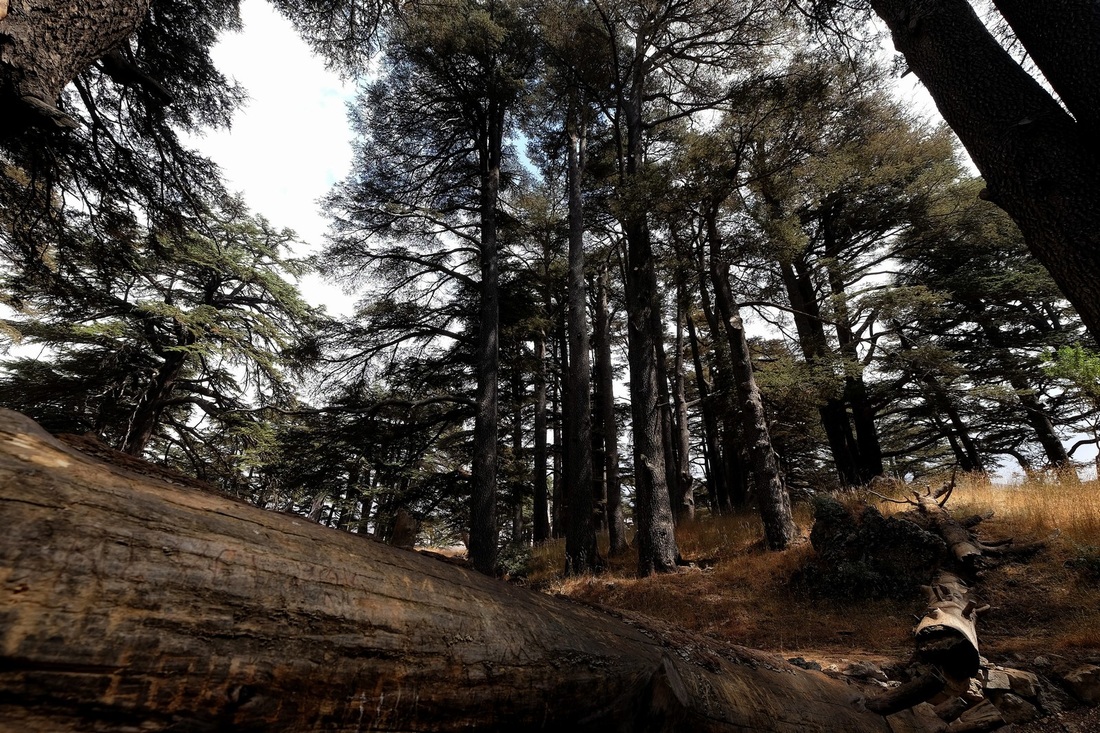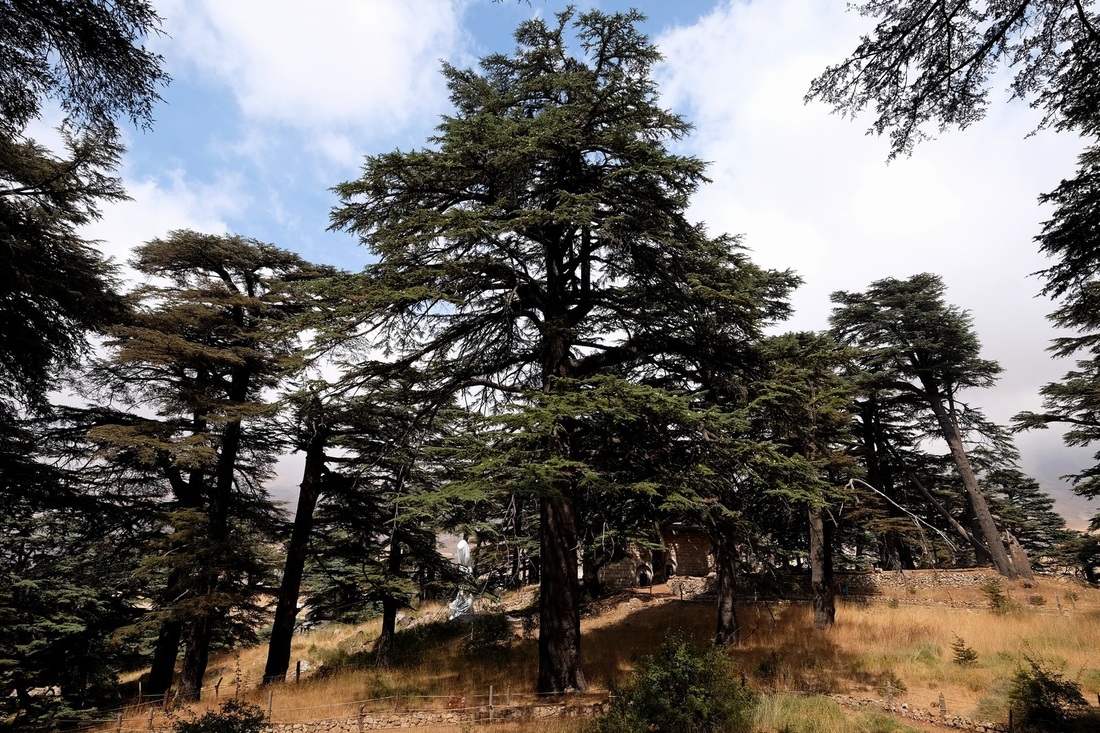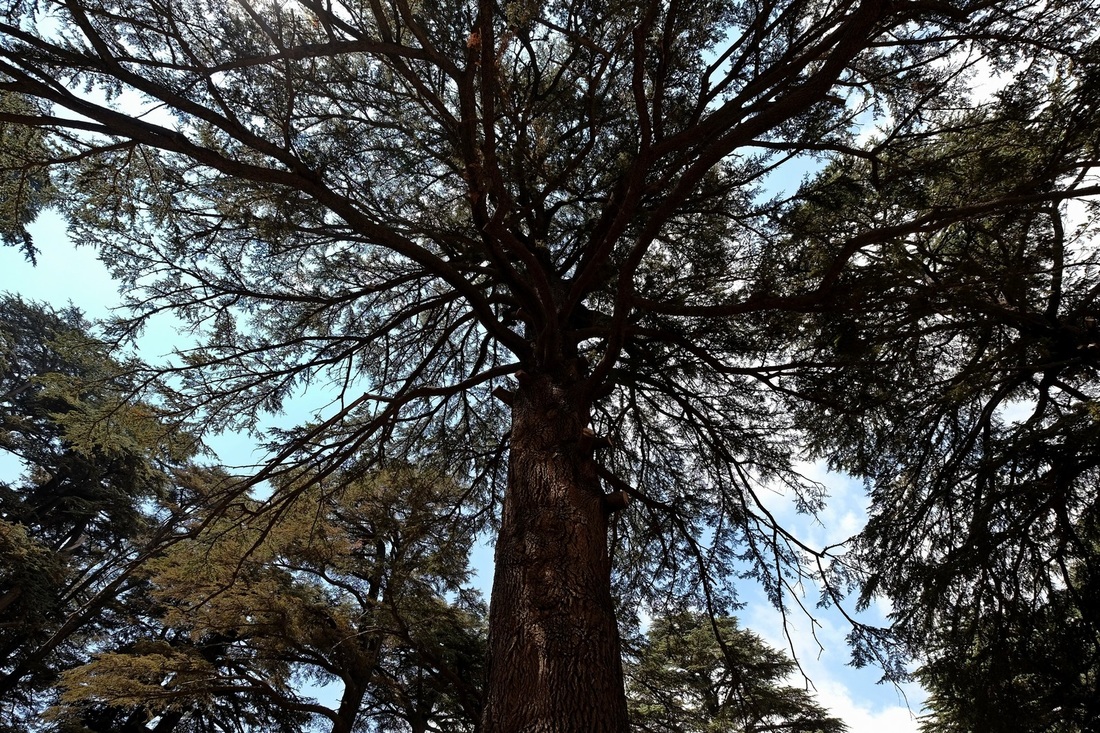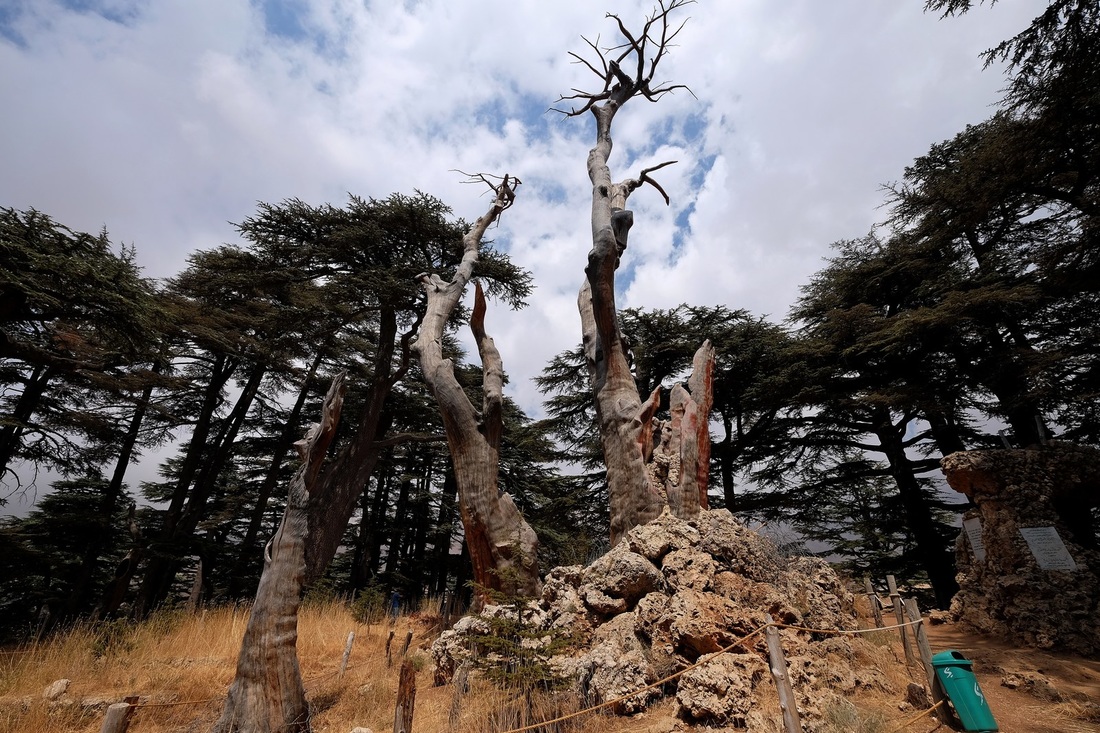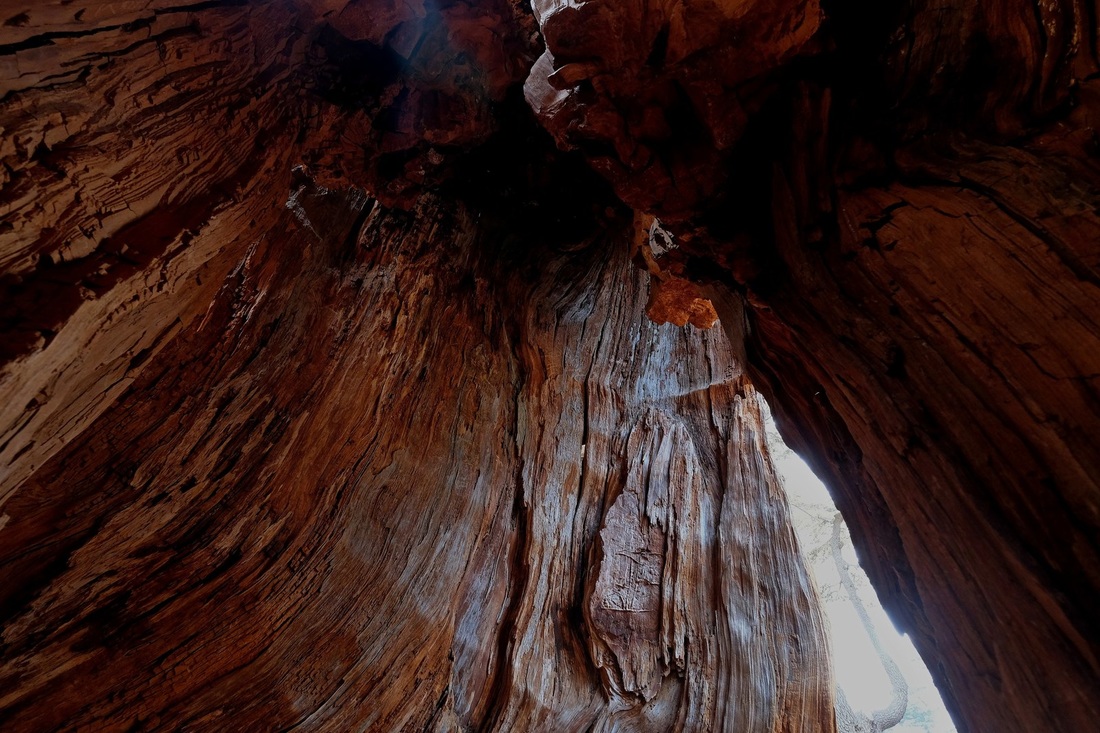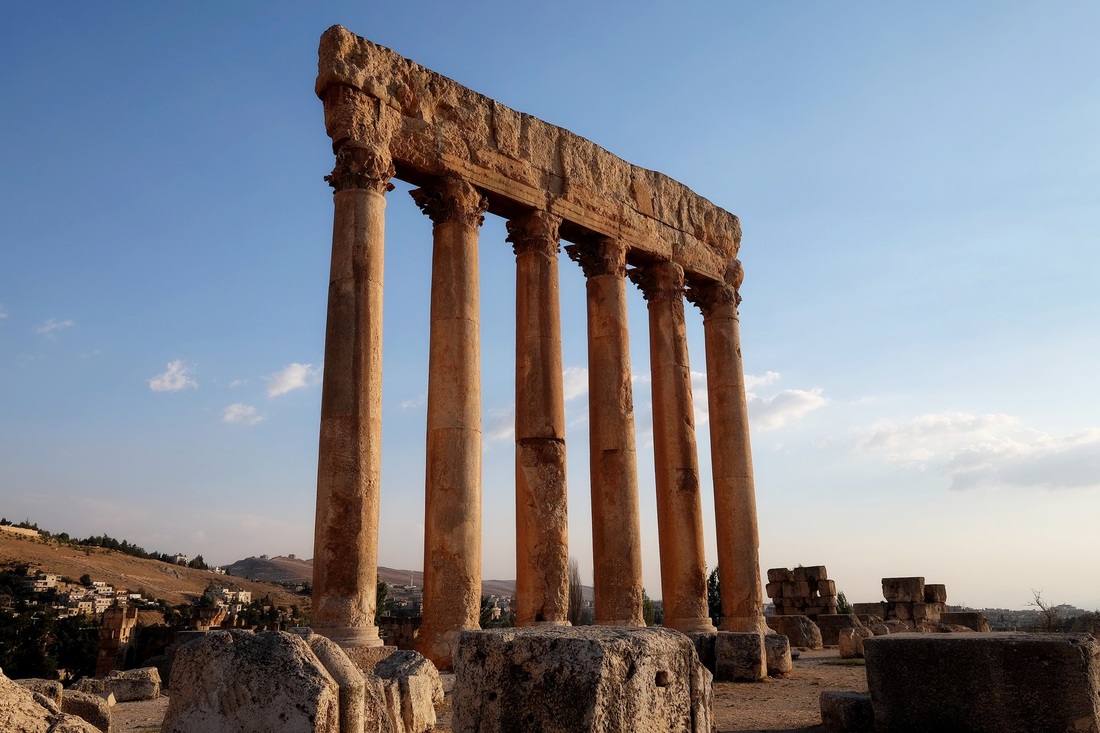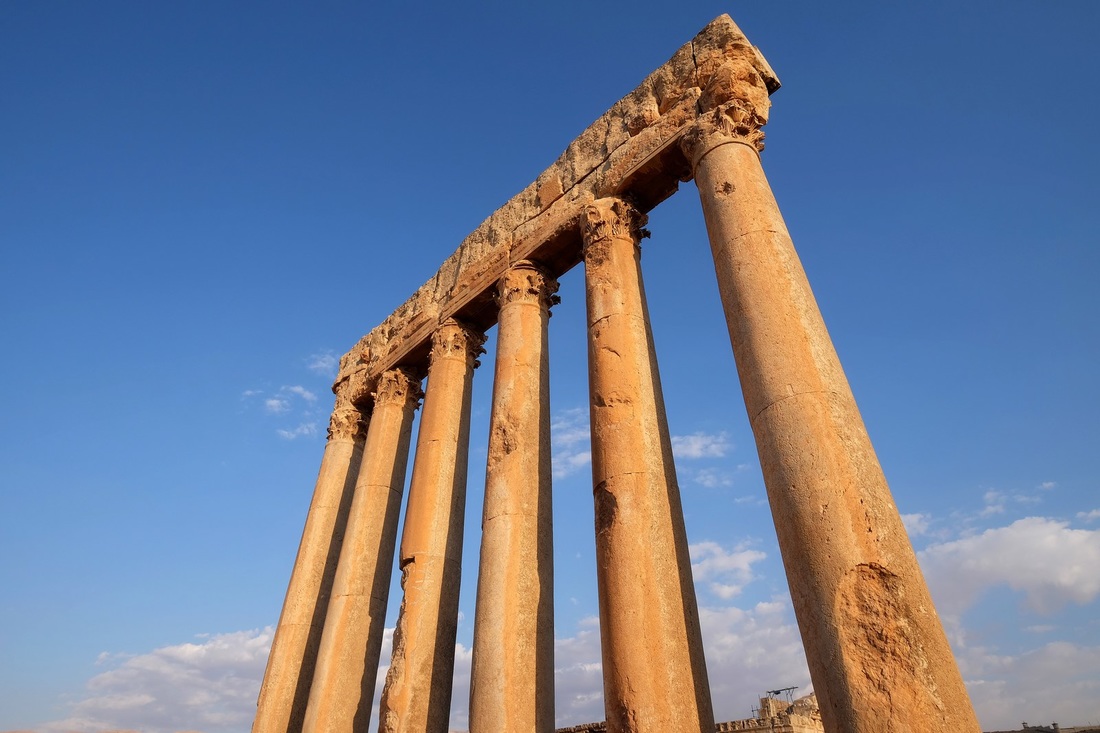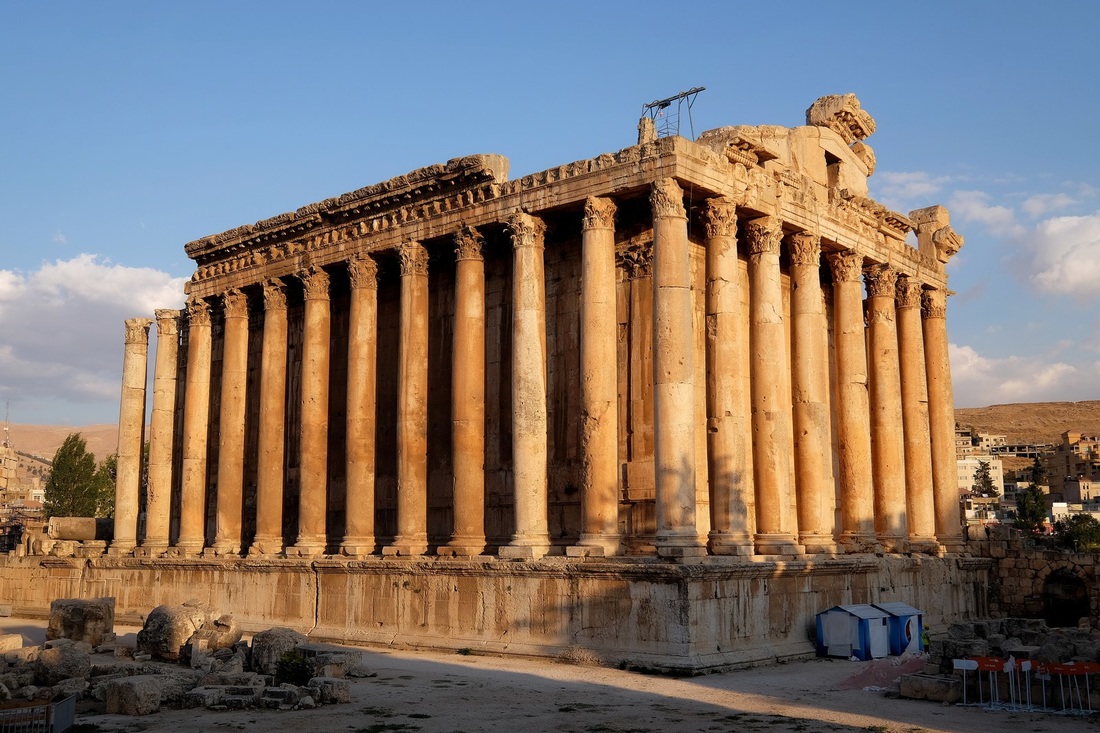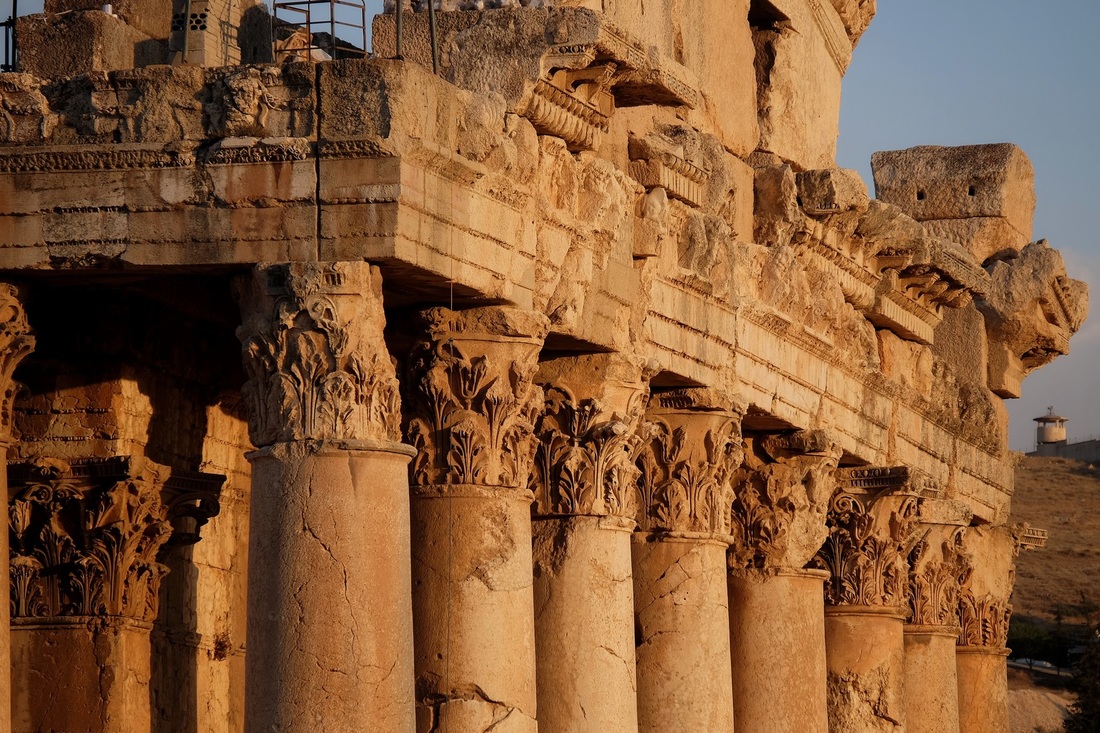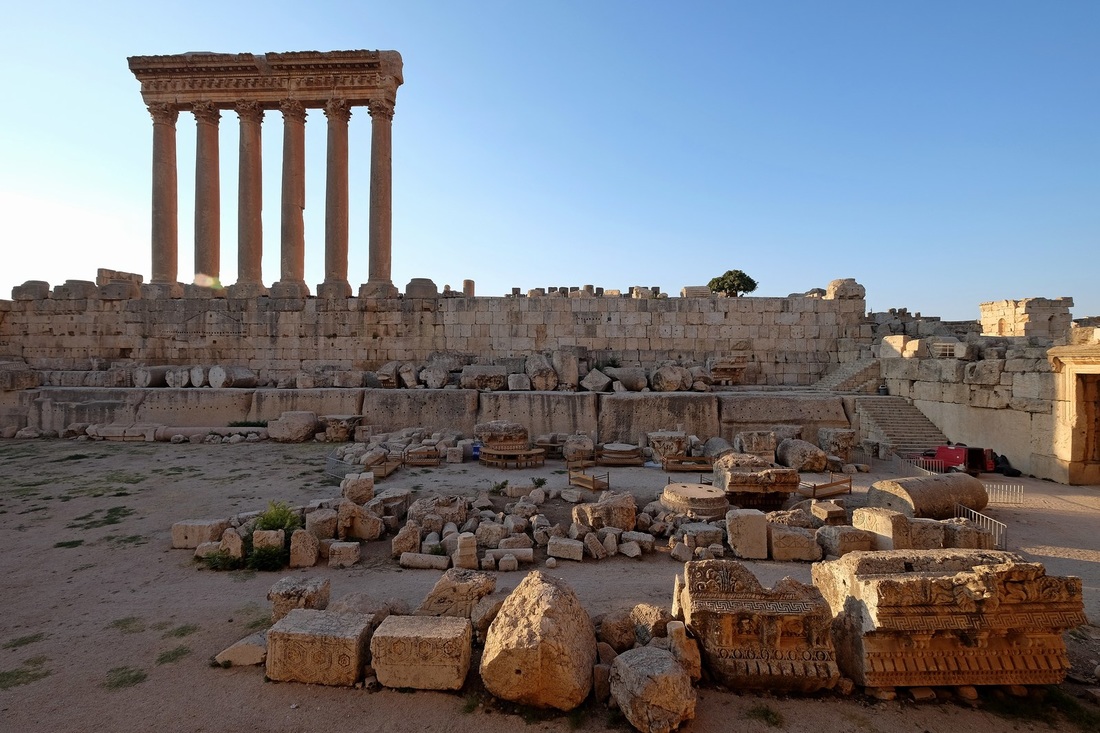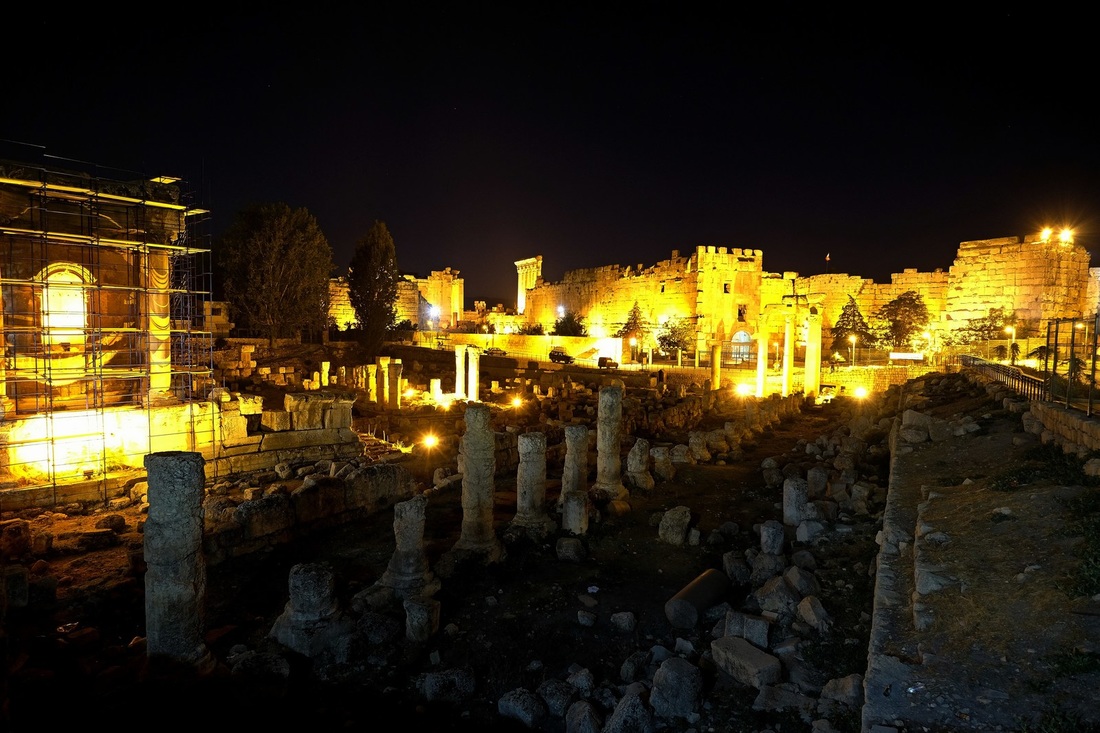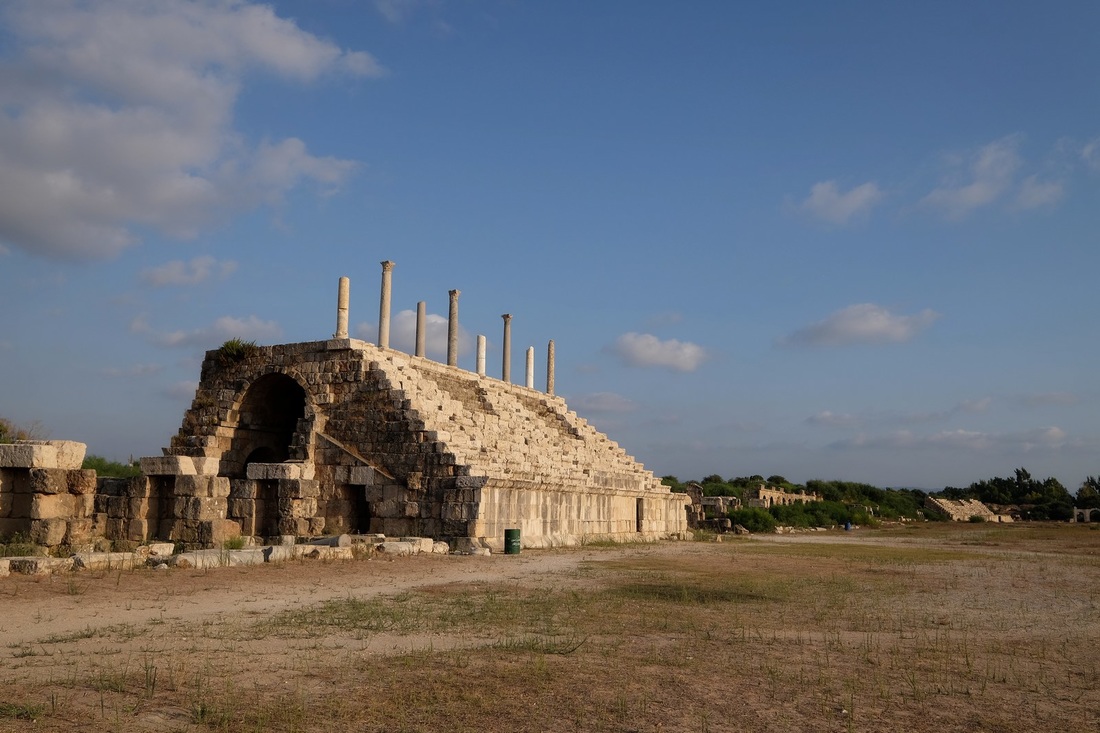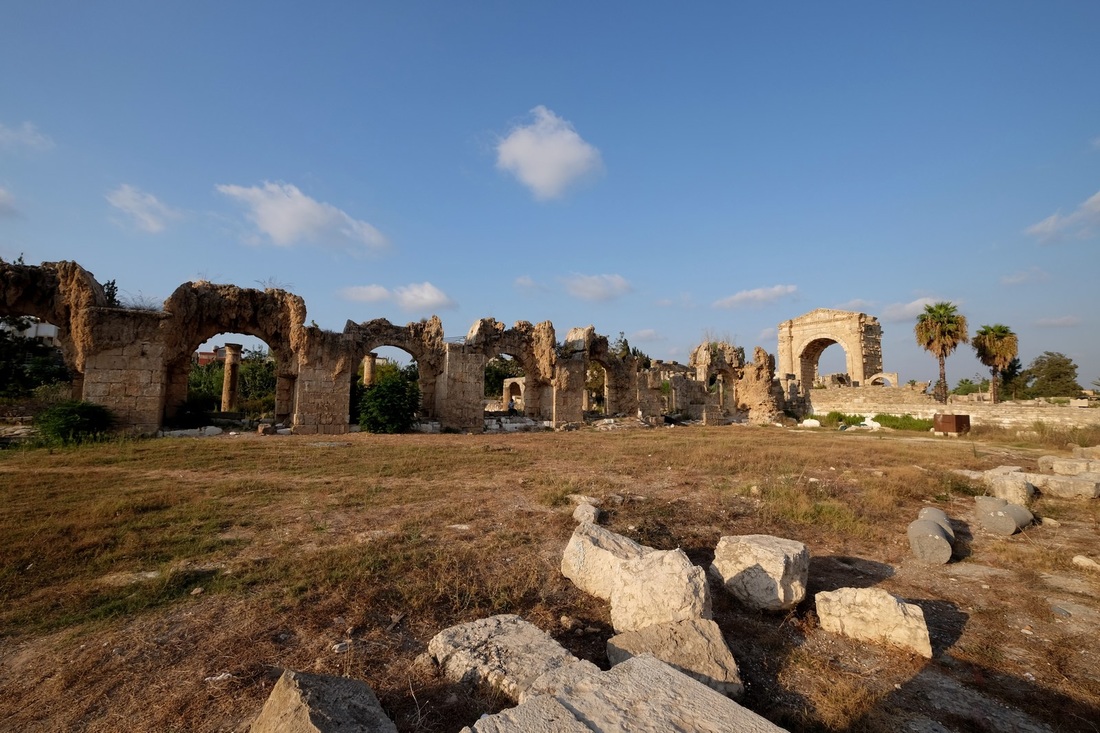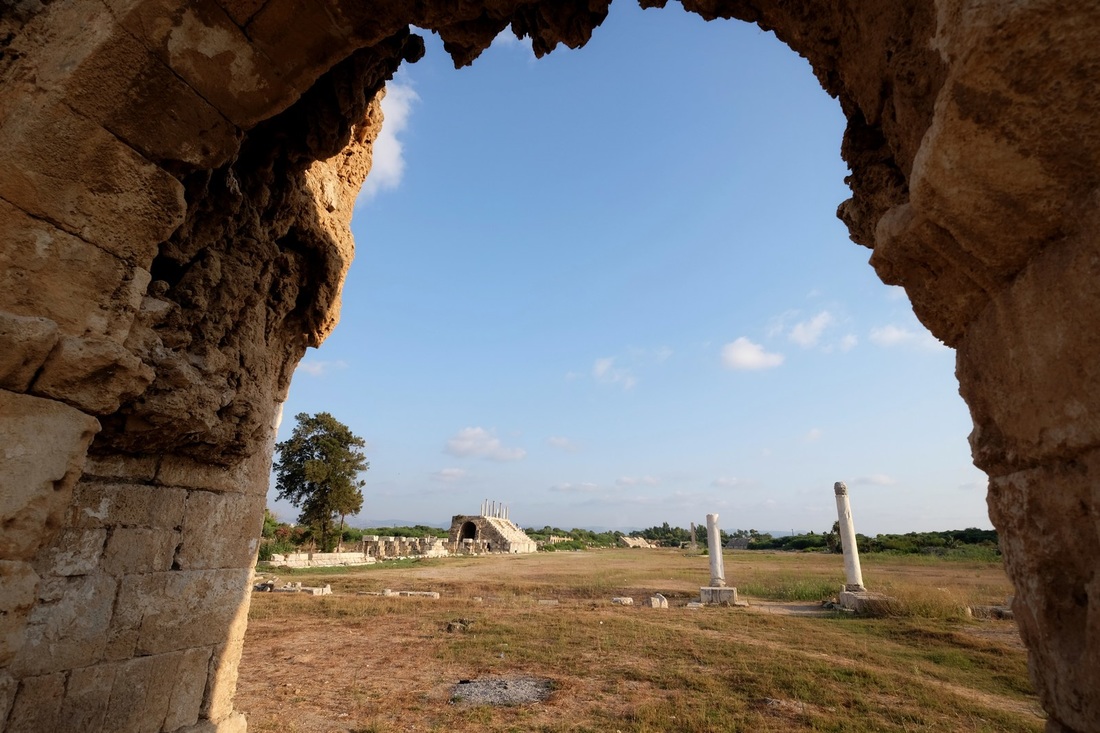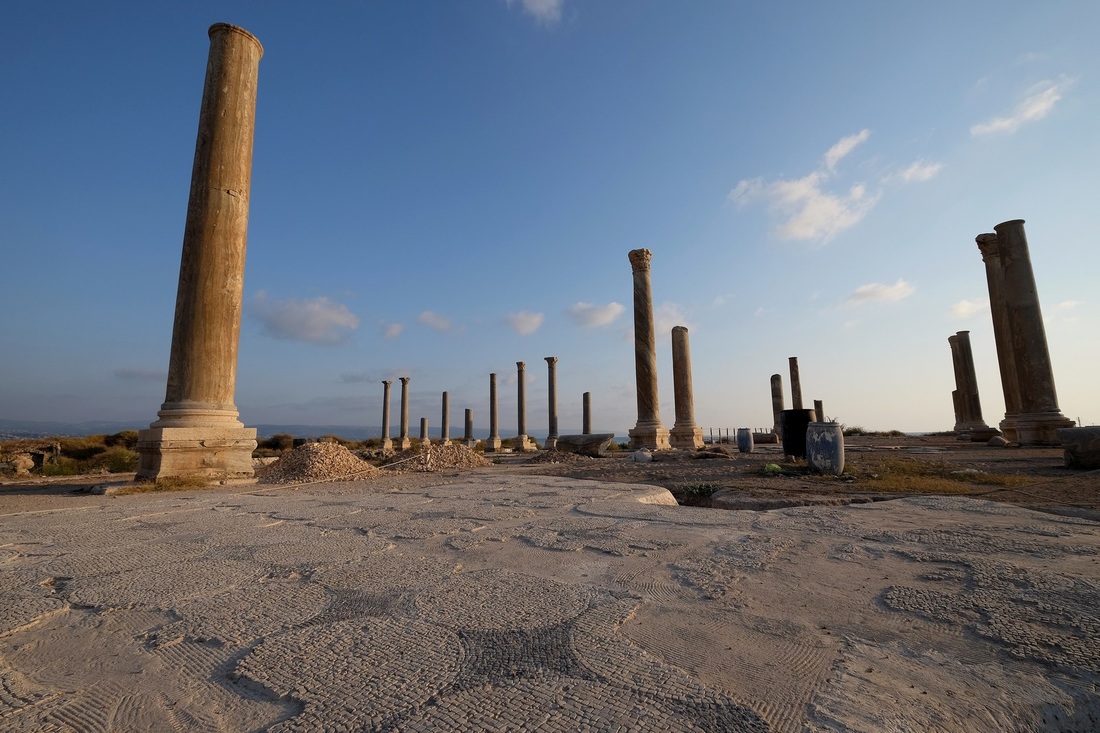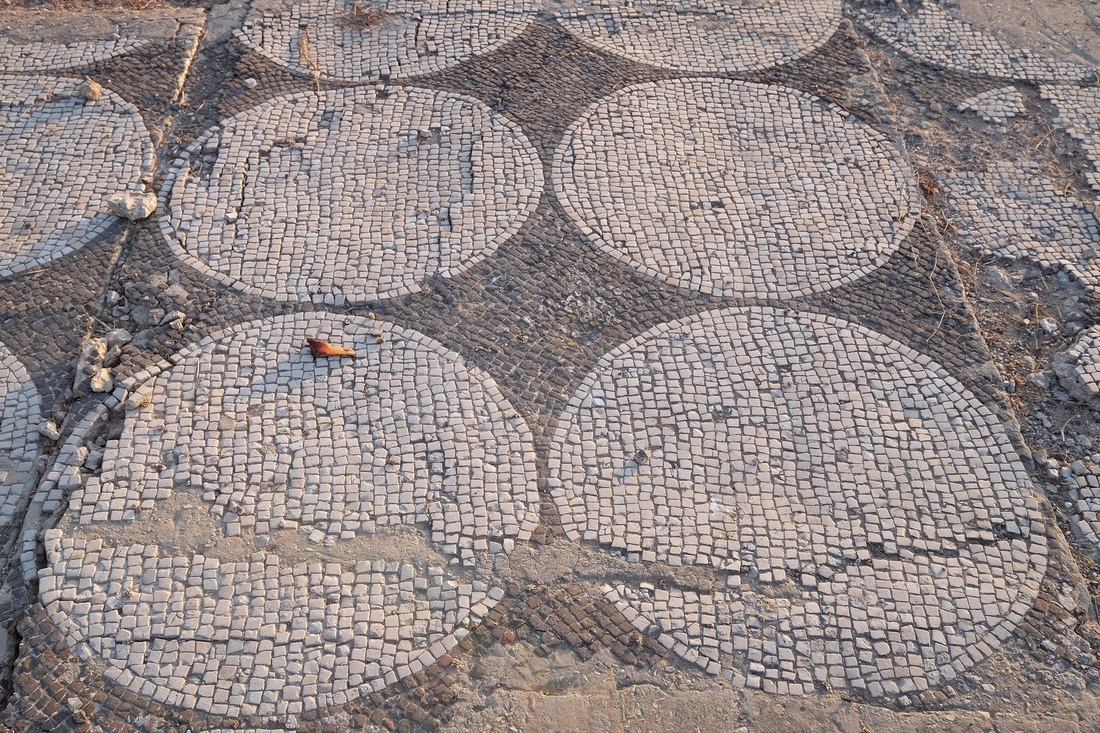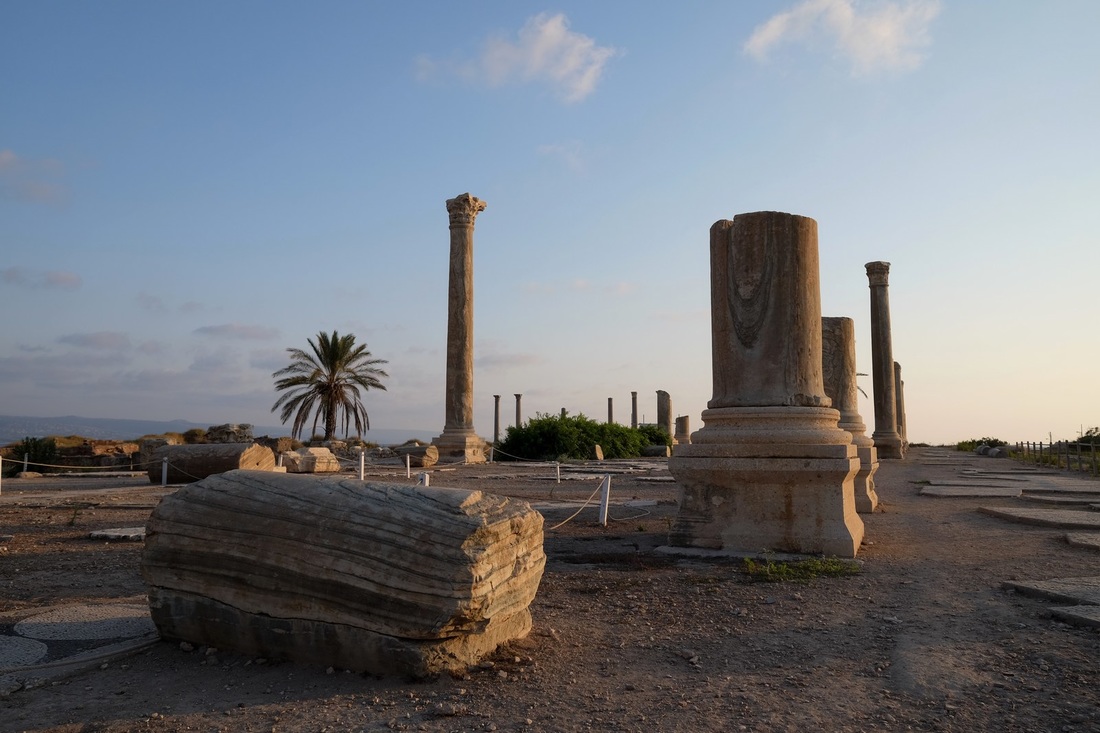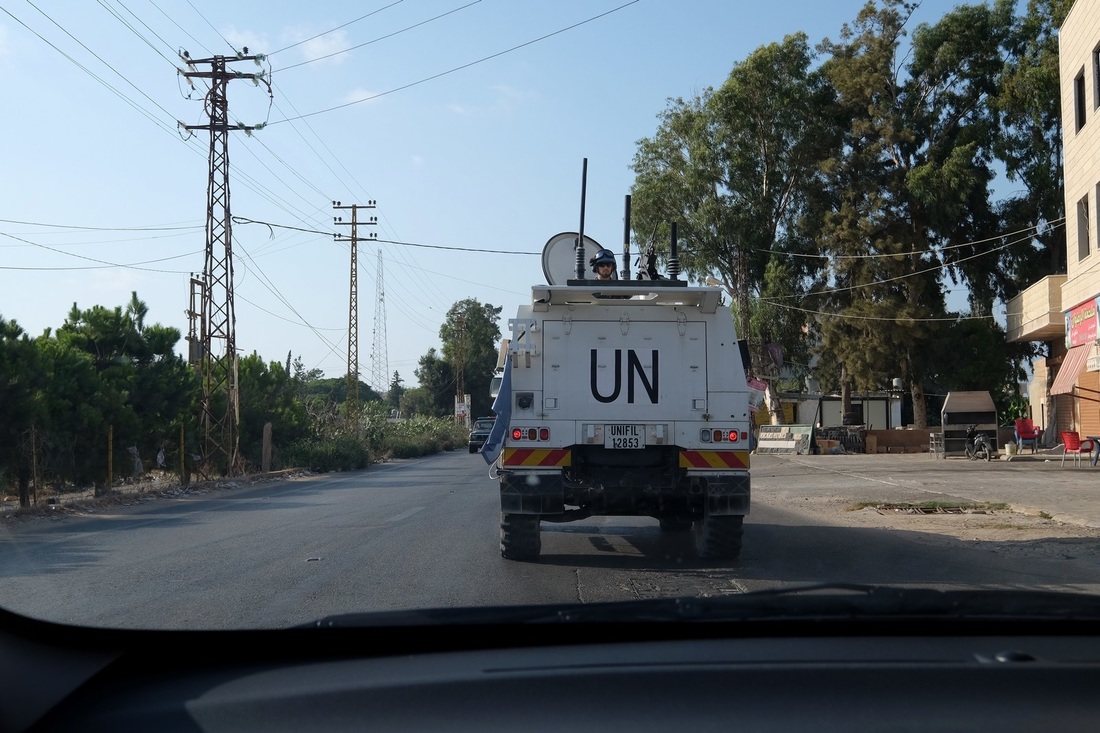This has got to be the perfect country to take a drive in. Lebanon is only about 200km long and 50km wide. And it is blessed with over 220km of gorgeous Mediterranean coastline to the West, and a gently sloping mountain range to the East. So I abandoned my long-standing principle of sticking to public transport and splashed out for a car for three days. It wasn't as expensive as I thought it would be - the car was only USD29 a day, for a brand new Kia Rio, and petrol's about USD 0.80 per litre.
I took the coastal road from Beirut to Tripoli in the North, stopping by the natural phenomenon of Jeita Grotto and the ancient Phoenician-Greek-Roman city of Byblos. Then I turned inland, towards the mountains where I wound my way through the Garden-of-Eden-esque Qadisha Valley, ending up in Baalbek which is home to the remains of the monumental Temple of Jupiter from the Roman era. On the last day I drove right across the country to the Hezbollah stronghold in the South where a combination of refugee camps and Roman constructions co-exist side-by-side.
At no point did I feel unsafe, even though there's a long-standing perception that some parts of Lebanon are "no-go" areas. The reality is that there are enough troops stationed across numerous checkpoints in these areas to halt a medium-scale invasion. Add to this the reassuring presence of 10,000 United Nations Interim Force troops stationed in South Lebanon (UNIFIL) and you've got yourself a pretty secure situation. As secure as an area hosting the game of military brinkmanship played by Israel and Hezbollah can be I suppose.
Some photos from my drive-abouts:
The terms "stalacite" and "stalagmite" are based on the Greek word "stalassein" which means "to drip". The chemical explanation is quite straightforward: water comes into contact with the calcium carbonate (calcite) found in rocks; the calcium carbonate dissolves in the water along with atmospheric carbon dioxide, forming calcium bicarbonate. Some of the calcium carbonate precipitates out, forming deposits on the surface which the water drips onto. The chemical equation is H2O + CO2 + CaCO3 = CaH(CO3)2.
You really have to forgive the appalling quality of the photos here. Absolutely no photography allowed and they enforce this with military levels of rigour.
Better still, visit for yourself!
And way before the Greeks, it was inhabited by the Phoenicians who developed the foundations of the Roman alphabet we use today. They were also a great sea-faring nation and some say their boats reached the shores of America 2,000 years before Christopher Columbus!
It's hard to describe how monumentally large these structures are. For a frame of reference, see if you can spot the red van in the bottom pic. Basically each of the building blocks is as large as a car. The columns of these structures are 20m tall, and the blocks which go on top of them weigh 60 tonnes each.
The bottom pic is taken from one of its entrance portals. Only two sets of stands remain in decent condition. The first is clearly visible in the centre of the frame. The second set is far away in the distance, illustrating how large the arena is.
Are they green? I can't tell - most of you know about my issue with colours.
Just to reassure everyone that it's pretty safe here.
